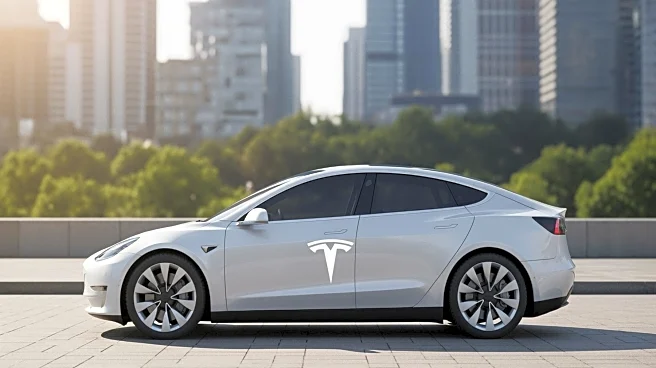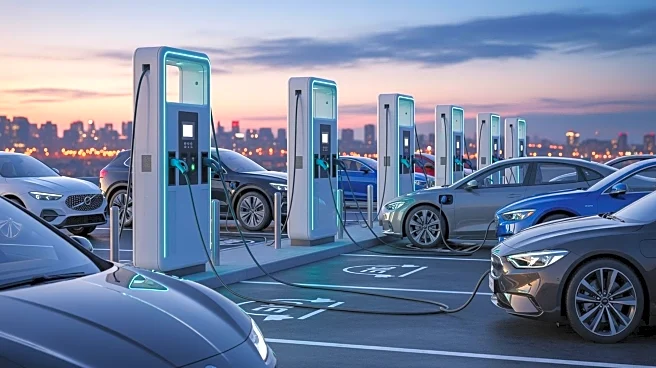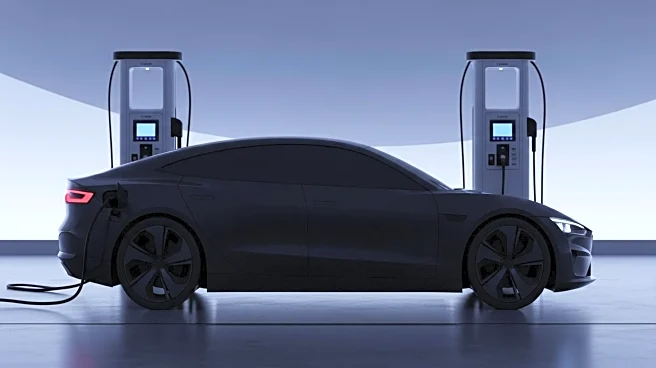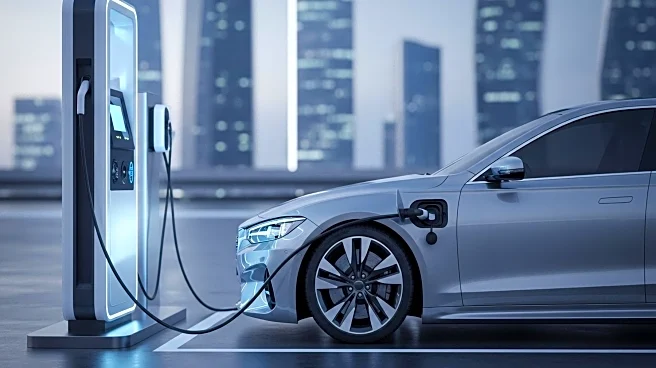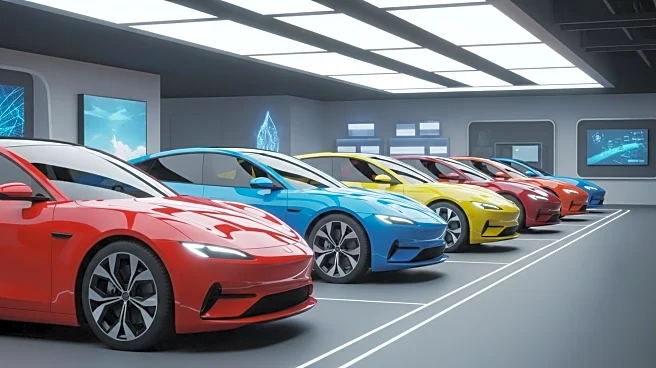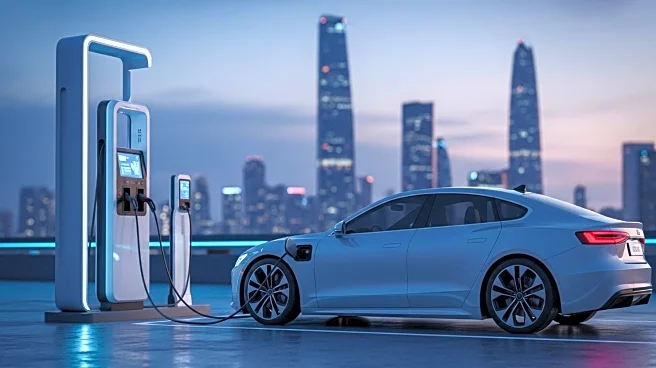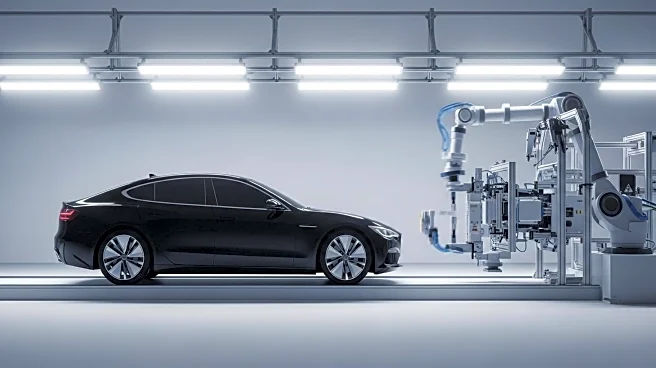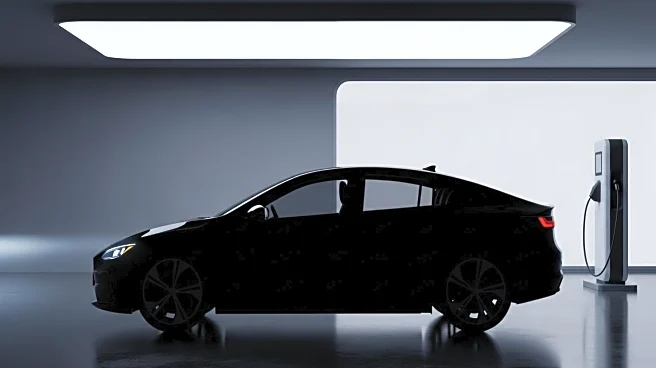What's Happening?
Tesla has introduced entry-level versions of its Model Y and Model 3 electric vehicles, aiming to make its cars more accessible to a broader range of consumers. The Model Y Standard Rear-Wheel Drive starts
at $39,990, offering an EPA-estimated range of 321 miles and a peak charging rate of 225 kW. It features a 69 kWh battery and produces approximately 300 horsepower. The Model 3 Standard Rear-Wheel Drive is priced at $36,990, sharing similar specifications with a 69 kWh battery and a range of 321 miles. Both models have simplified interiors, focusing on essential features while maintaining Tesla's signature driving experience.
Why It's Important?
This move by Tesla is significant as it addresses the growing demand for more affordable electric vehicles amidst rising average vehicle transaction prices in the U.S. By offering lower-priced models, Tesla is likely to attract first-time EV buyers who may have previously considered cheaper alternatives. This strategy could expand Tesla's market share and reinforce its position as a leader in the electric vehicle industry. The introduction of these models also highlights Tesla's commitment to making sustainable transportation more accessible.
What's Next?
Tesla's new affordable models are expected to impact the electric vehicle market by increasing competition among manufacturers. As these models become available, other automakers may be prompted to offer similar budget-friendly options to maintain their market positions. Additionally, Tesla's focus on software and driving dynamics in these models may set new standards for entry-level electric vehicles, influencing future designs and features across the industry.
Beyond the Headlines
The introduction of these affordable models may have broader implications for the automotive industry, potentially accelerating the transition to electric vehicles. As more consumers opt for EVs, there could be increased pressure on infrastructure development, such as charging stations, to support the growing number of electric vehicles on the road. This shift may also influence public policy and environmental initiatives aimed at reducing carbon emissions.
